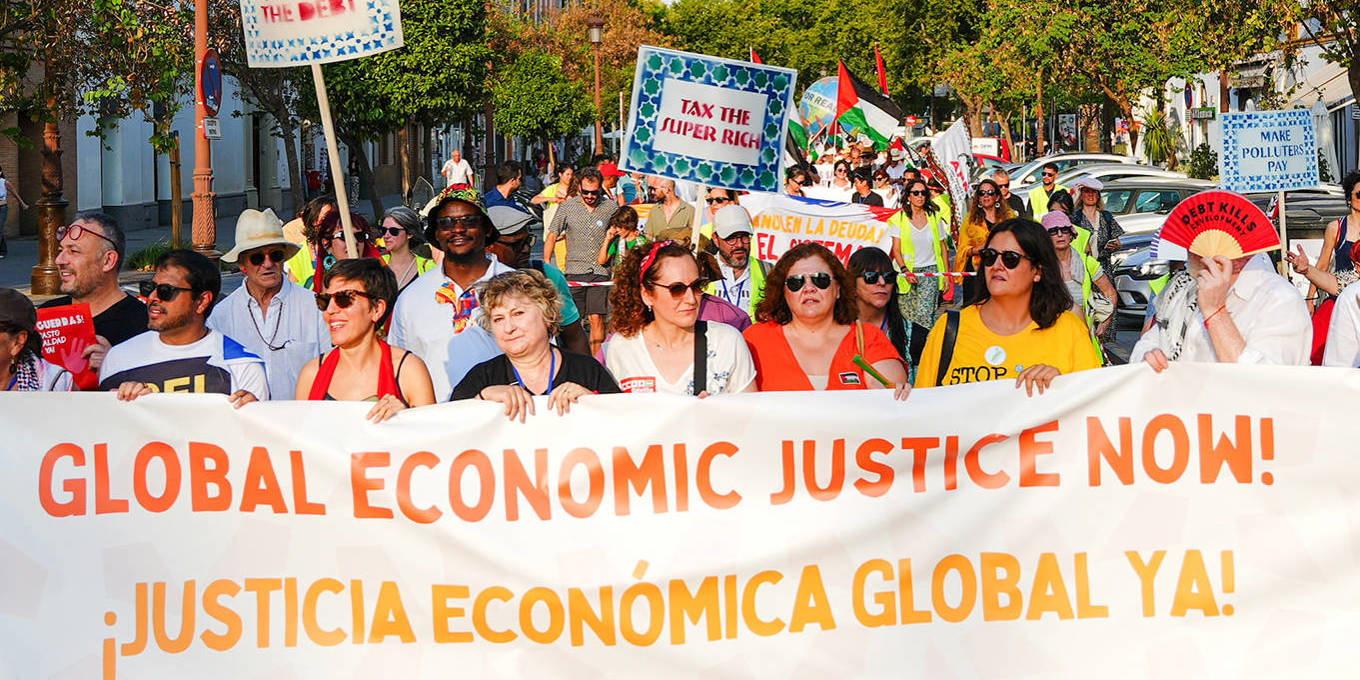
With debt increasingly crippling low- and middle-income countries, overhauling the prevailing approach to development has never been more urgent. If poor and developing countries are ever to transform their economies and fulfill their development ambitions, they need access to low-cost, long-term finance.
SEVILLE – National delegations and practitioners gathering in Seville, Spain, for the 4th International Conference on Financing for Development face a sobering reality: Much of the developing world is in the midst of a deepening, multifaceted crisis. Major problems such as hunger, disease, economic fragility, climate vulnerability, underfunded education systems, poor infrastructure, and persistent joblessness remain – not for lack of solutions, but for lack of political will and basic human solidarity.
- A Tax Victory for Multinationals Over People
 Kay Nietfeld/picture alliance/Getty Images
Kay Nietfeld/picture alliance/Getty Images - The Long March of China’s Economy
 AFP/Getty Images
AFP/Getty Images - What It Means to Build Local AI
 Valeria Mongelli/Anadolu/Getty Images
Valeria Mongelli/Anadolu/Getty Images
The first step toward addressing these challenges is to resolve the debt crisis that has crippled many low- and middle-income countries. While debt distress afflicts developing countries worldwide, the effects are most acute in Africa, a region that will shape the global economy for decades. With Africa’s share of the global youth population projected to rise from 23% today to 35% by 2050, underinvestment now will not only undermine development on the continent; it will threaten stability elsewhere.
This persistent failure stems from several structural features of the international financial system. Money tends to pour into developing countries during global booms, and to rush out during downturns. For advanced economies, the pattern is reversed: capital flows toward them in times of crisis. The system thus reinforces global inequalities, decreasing wealthy countries’ relative riskiness and the interest rates their governments and companies pay.
At the same time, developing countries suffer from chronic underinvestment in innovation, education, and infrastructure. Growth cycles are repeatedly cut short by crises and austerity, triggering a vicious cycle of stagnation and weakened state capacity. And efforts to fund public institutions and promote development are usually further undercut by illicit financial flows, tax avoidance, under-taxation of multinationals’ profits, unfair extraction of natural resources, and large-scale dividend repatriation. Meanwhile, domestic elites historically have failed to build stronger institutions, allowed rent-seeking to flourish, and resisted reforms that would promote accountability and resilience.
To help break the cycle, particularly concerning debt, we and more than 30 other economists and legal experts contributed to the Jubilee Report that was commissioned by the late Pope Francis and recently published by the Vatican. The report offers a road map for addressing the current debt and development crisis and, critically, for preventing future ones. Though it calls for coordinated reforms of multilateral institutions, sovereign jurisdictions, and domestic governments, the core message is simple: If poor and developing countries are to transform their economies and fulfill their development ambitions, they need access to high-quality financing.
Achieving this requires three interlinked systems. First, we need an effective framework for addressing sovereign debt crises. The current system is not working, and recent attempts to improve it fell far short of what was needed. For example, the Common Framework for Debt Treatments, launched during the COVID-19 pandemic, sought to strengthen coordination across creditors, but failed to create incentives for timely restructurings.
Secure your copy of PS Quarterly: Post Americana 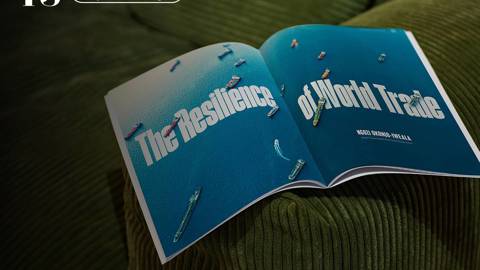
Secure your copy of PS Quarterly: Post Americana
A new issue of our magazine, PS Quarterly: Post Americana, is here.
Subscribe to PS Premium to read expert commentary on the collapse of US global leadership and its implications for trade, security, cooperation, and the future of power.
Subscribe Now
As a result, since 2022, net private capital flows to low- and lower-middle-income countries have turned negative, even as international financial institutions have continued to disburse funds. Instead of supporting economic recovery, new financing has been redirected to pay private creditors – often at high costs – which means taxpayers around the world have funded a bailout for private lenders while financially distressed countries have had to slash spending on essential services. This cruel cycle is entirely avoidable. It should not be so easy for private creditors and debtors to avoid ever having to restructure debts.
Second, we need affordable long-term finance for development. Debt is not inherently bad. In fact, sustainable credit – planned and used correctly – can drive infrastructure development and broader economic transformation. The global system must shift from short-term, speculative flows to long-term, productive finance that supports widespread and long-lasting development. That means mobilizing more and better concessional lending and financing from multilateral development banks to low-income and developing countries, as well as facilitating stronger domestic resource mobilization and the development of local-currency capital markets.
But even if all the right reforms were enacted today, it would take decades for many low-income countries to meet their financing needs domestically. In their case, access to credit will remain critically important.
Third, we must ensure a fairer cost of capital. Markets and credit-rating agencies routinely exaggerate the risks facing African countries and other developing economies, which leads to interest rates far above what is needed to compensate for the risk of non-payment, let alone delayed payment. In fact, according to a Moody’s analysis, African countries have the world’s lowest default rates for infrastructure loans – just 1.9%, compared to 12.4% in Eastern Europe and 10.1% in Latin America. Nonetheless, African countries face unjustifiably high borrowing costs, rooted in risk perceptions that create perverse self-fulfilling prophecies, with the high interest rates actually causing more defaults.
Today, the most powerful countries remain reluctant to increase their contributions to multilateral financing. This hesitation undermines global economic, social, and political stability. Yet much more can still be achieved by making better use of existing resources; ensuring that funds from international financial institutions support development and recovery, rather than serving as de facto bailouts for private creditors; and adopting global policies that promote more timely and comprehensive debt restructurings to restore sustainability.
The returns would be significant. A forthcoming analysis by the African Center for Economic Transformation shows that lowering debt service to 5% of government revenues could allow Egypt to provide clean water to its entire population, Senegal to improve sanitation for 300,000 people, Ethiopia to enroll 340,000 more children in primary school, and Angola to save the lives of over 10,000 children under five.
Development always involves risk. A fair financial system would distribute that risk efficiently and equitably, assigning the burden to those best able to bear it. The current system does the opposite. Reforming it is a necessary step toward a more stable, prosperous, and fairer global future.

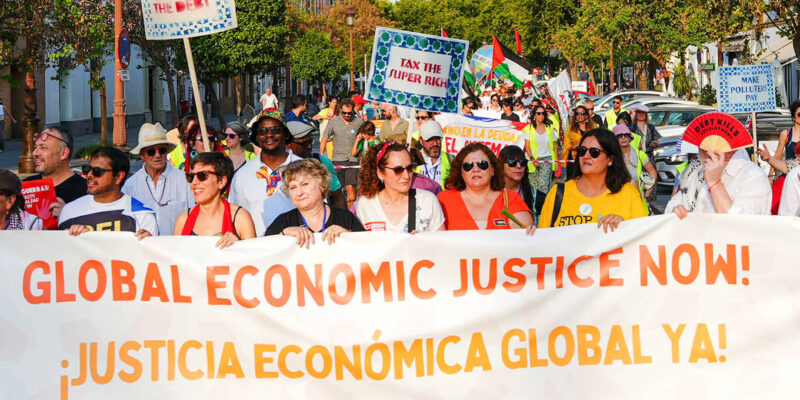
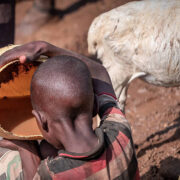


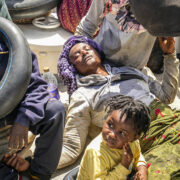
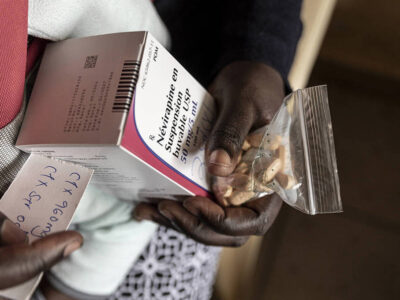
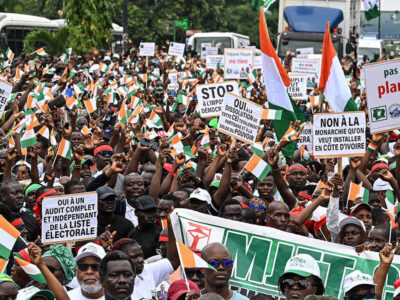
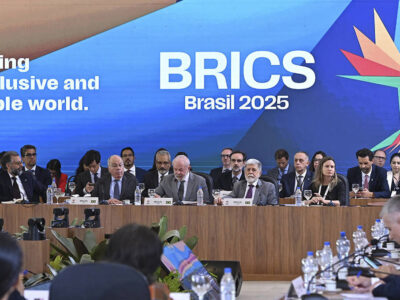


Comments